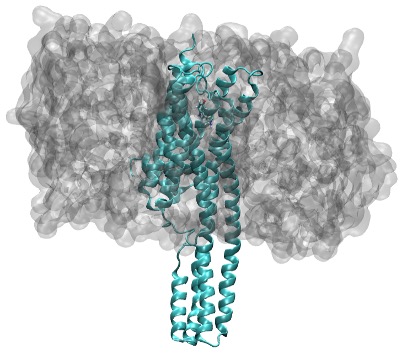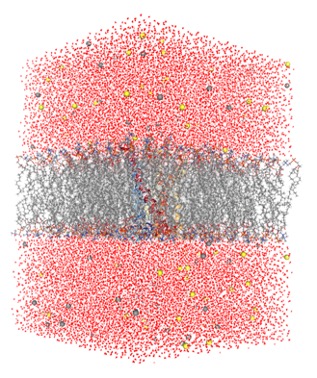Serotonin 2A Receptor Project
Depression and anxiety are widespread disorders, with very flawed treatments available. These disorders are related to serotonin levels. Although they are not caused by lack of serotonin, increasing the availability of serotonin in the synapse is a treatment. There are many current medications on the market, the most commonly prescribed of which are selective serotonin reuptake inhibitors (SSRI’s), which block the reuptake of serotonin into the synapse, thus increasing its concentration in the synaptic cleft. SSRI’s are currently the most widely prescribed, as they have the least side effects; however, they take 4-6 weeks to work, and have many side effects that can cause discontinuation, such as nausea, fatigue, dizziness, suicidal thoughts, and more. Additionally, many people find themselves with treatment resistant depression that doesn’t respond to current therapies. This project is investigating serotonin 2a (5HT2A) receptors, to which serotonin binds to transmit messages to the next neuron. Current agonists of this receptor include various non-hallucinogenic molecules, such as serotonin and lisuride, as well as hallucinogenic molecules such as lysergic acid diethylamide (LSD) and psilocybin. The goal of the current study is to design novel serotonin 2a receptor agonists without hallucinogenic effects as a potential treatment for mood disorders.
Molecular dynamics simulations will be used to analyze conformational changes of the 2a receptor in response to binding of various hallucinogenic and non-hallucinogenic molecules. This information will be used in an attempt to identify what changes correspond to which effects. From there, quantitative structure-activity relationship (QSAR) and pharmacophore methods will be used to identify atoms that contribute most to binding and those that are unfavorable. This information will be used in guided ligand design to create ligands that bind more tightly. Ligands designed will then be simulated through molecular dynamics to predict binding affinity and compare conformational changes of the protein to those of the control molecules.
Current Members:




